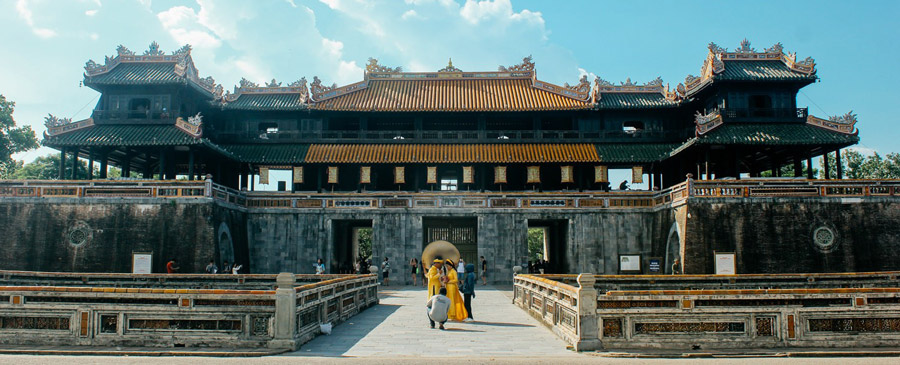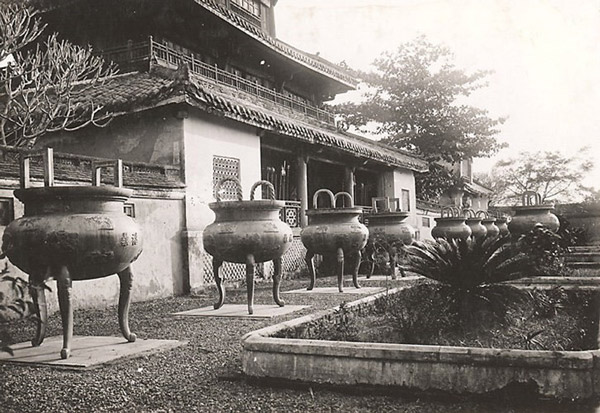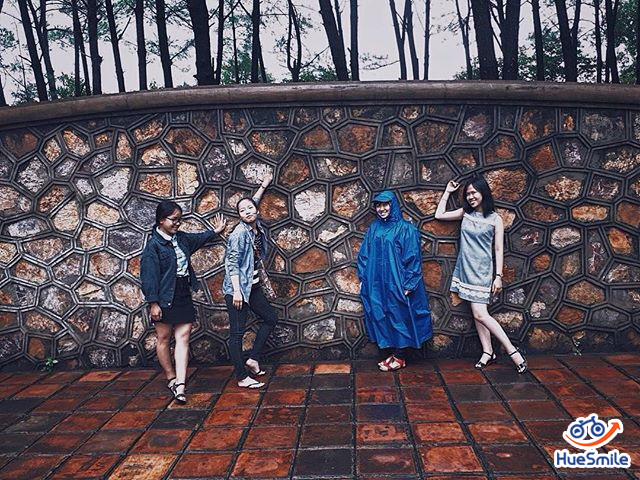
Among the ancient capitals of Vietnam, Hue is the only ancient capital that still preserves quite the overall architecture of the Royal Palace, with the system of Citadel, Palace, Temples and Tombs. This is a relic complex with many historical values, marking 143 years of the reign of the Nguyen Dynasty, the last feudal dynasty in the history of the nation. The Nguyen Dynasty was established after Nguyen Anh (Emperor Gia Long) ascended the throne in 1802 and completely ended when Emperor Bao Dai abdicated in 1945. The Nguyen Dynasty was a dynasty marking many ups and downs of history, especially the invasion against French colonialism in the mid-19th century.

In 1885, the capital of Hue was colonized by the French colonists. At that time, many architectures of Hue citadel were seriously degraded, many kings could not afford to renovate because tax collection was managed by France, Nguyen dynasty only had a small part of it. When incapable of preserving, the Nguyen emperors removed a number of seriously degraded buildings. However, the ones that remain are very valuable. In addition to the degraded buildings due to the Nguyen Dynasty’s inability to renovate, the biggest cause of the destruction was the devastating effects of the war. The most serious was the Tet Offensive (1968), the battle destroyed a series of buildings in the Imperial City; Can Chanh Palace and a series of palaces in the Forbidden City were burned down; Tran Binh Dai was turned into a military zone by the French forces and later Saigon troops; mausoleums, either in disputed areas, or in insecure areas are destroyed or forgotten in bombs.

In 1945, the successful of the August Revolution ended more than 1,000 years of the monarchy’s existence in Vietnam, which was also the time marking the change of Hue’s historical role: from the capital to the ancient capital. Over the next 30 years, through two fierce wars against the French colonialists and the American imperialism, the ancient capital of Hue – where the density of material and spiritual cultural heritage of the nation was concentrated which is devastated. In 1975, Hue and the whole South of Vietnam were liberated, besides the task of restoring and building a new economy and society after the war, the conservation and revival of precious cultural heritages was also a big and important task.
Tour Reference: Hue Day Tour

During over 40 years, the preservation and promotion of Hue cultural heritage values has gained great achievements. Hue is the first place in Vietnam to have two world heritage sites recognized by UNESCO, and is still the locality with the most international heritages. Cultural heritage is not only a means to bring Hue to integrate into the world early, but also has actually become a foundation for socio-economic development. Hue has become a typical festival city of Vietnam, which is a cultural and tourist center of the country in the Central region.

The great attraction of Hue is that through many historical changes, Hue still preserves the portrait of a capital city, preserving “A masterpiece of urban architectural poetry” with hundreds of sophisticated artworks. They are beautiful, rich, diverse landscapes, imbued with national traditional identity, blended into the marvelous landscape of nature, with special value in history, culture and art. That is the main factor that constitutes the characteristics of Hue and is the foundation for Hue to become the cultural and tourist center of the country.
View more: Hue City, the best beloved in Vietnam













